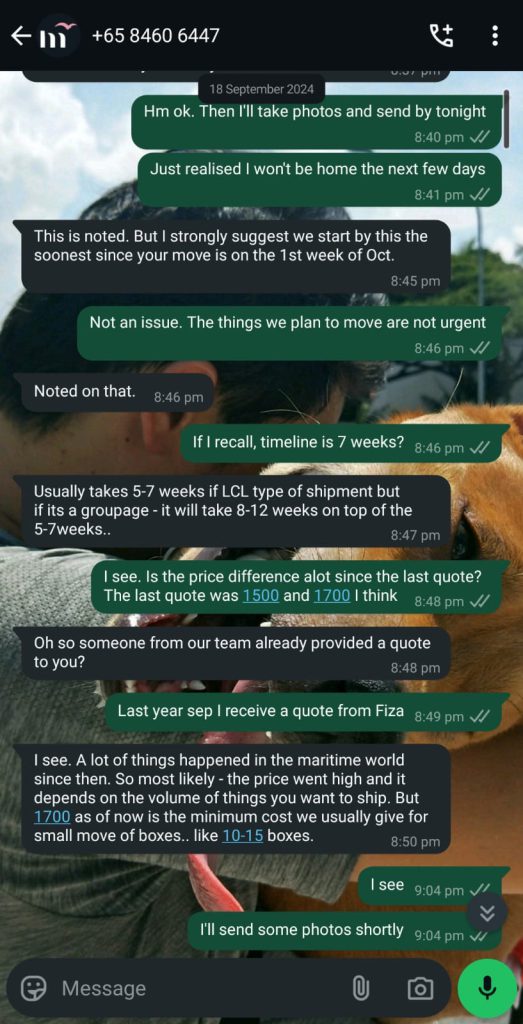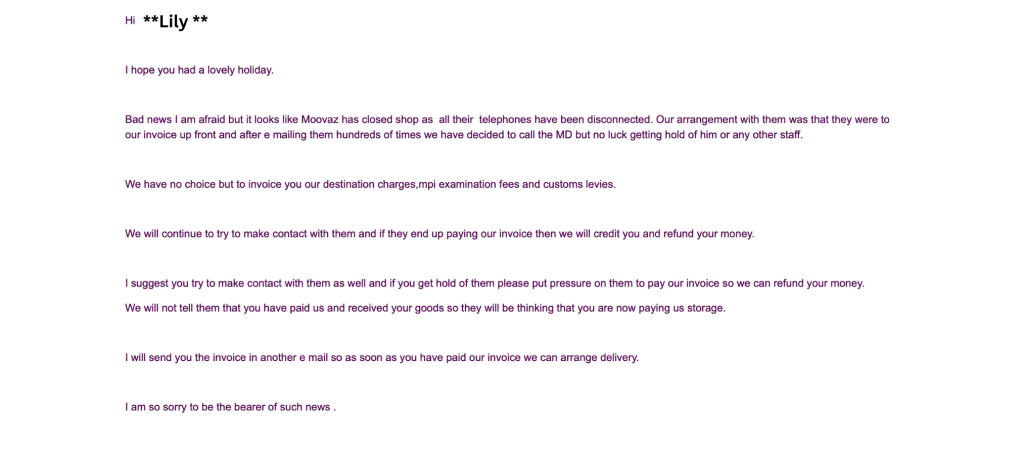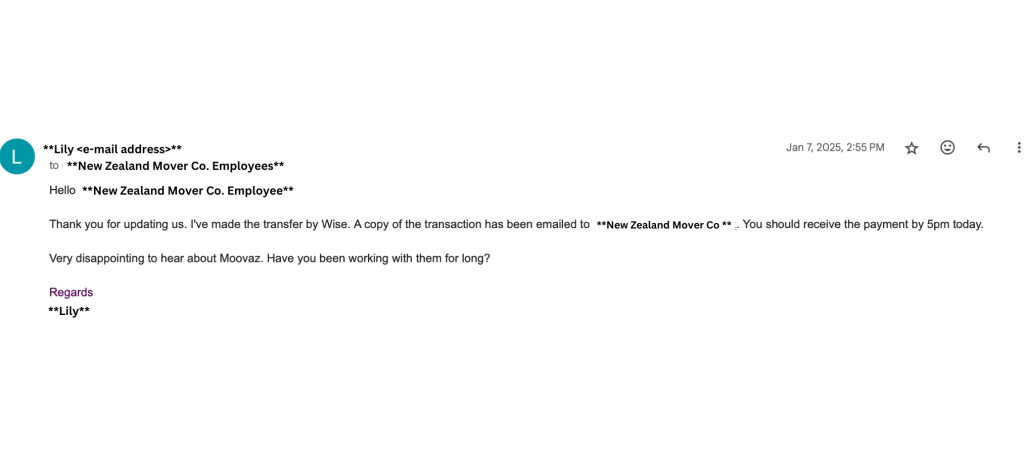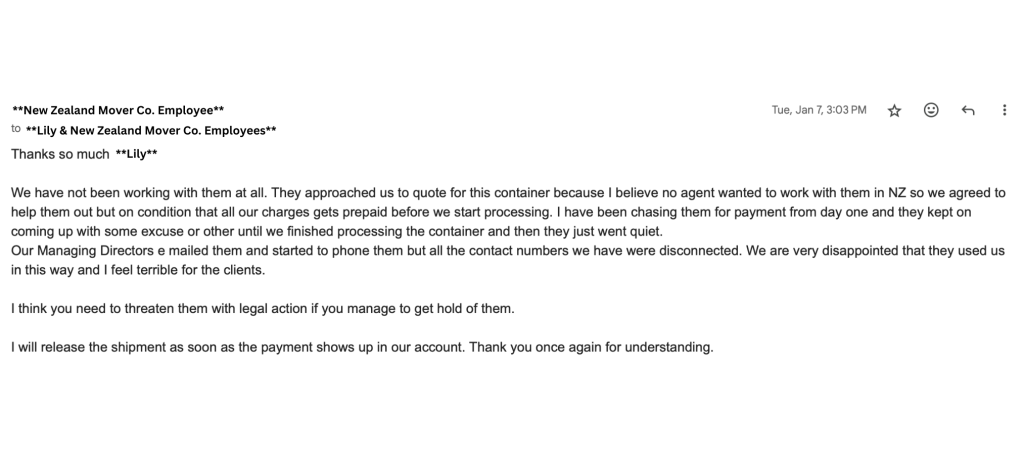Aquaria KLCC’s operator will IPO on Bursa Malaysia this year, here’s what they’re planning
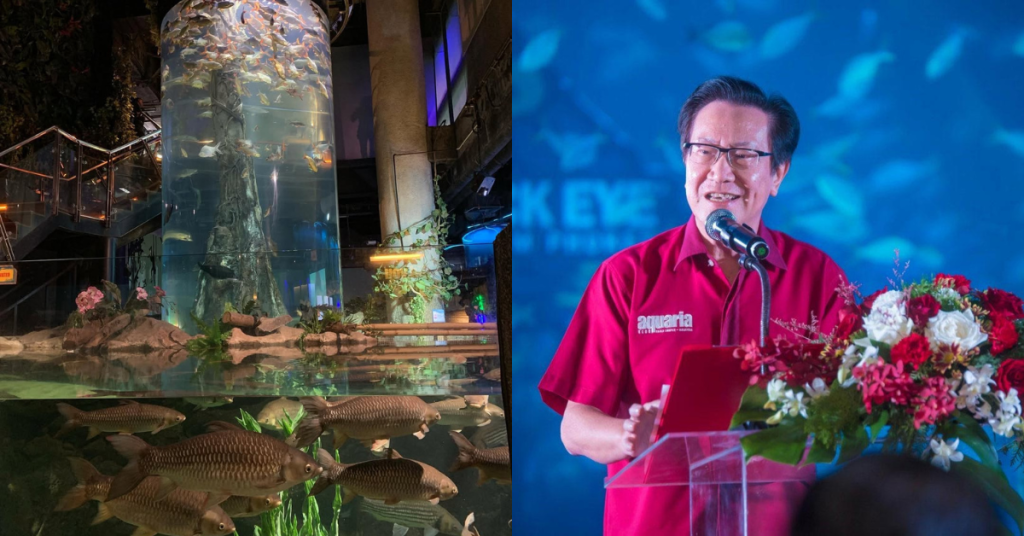
If you’ve ever taken the bridge from KLCC to Pavillion, then you’ve no doubt heard about Aquaria KLCC before.
A hotspot for school trips and tourists alike, it is a name forever ingrained in the hearts of Malaysians with nostalgia.
Recently, its owner, the Aquawalk Group, revealed its intentions to list on the ACE Market. If all goes to plan, this will be the first time an oceanarium operator has gone public within the region.
Dictionary time: ACE Market, formerly known as MESDAQ, is a sponsor-driven market designed for companies with growth prospects. Read more about it here.
The nitty-gritty
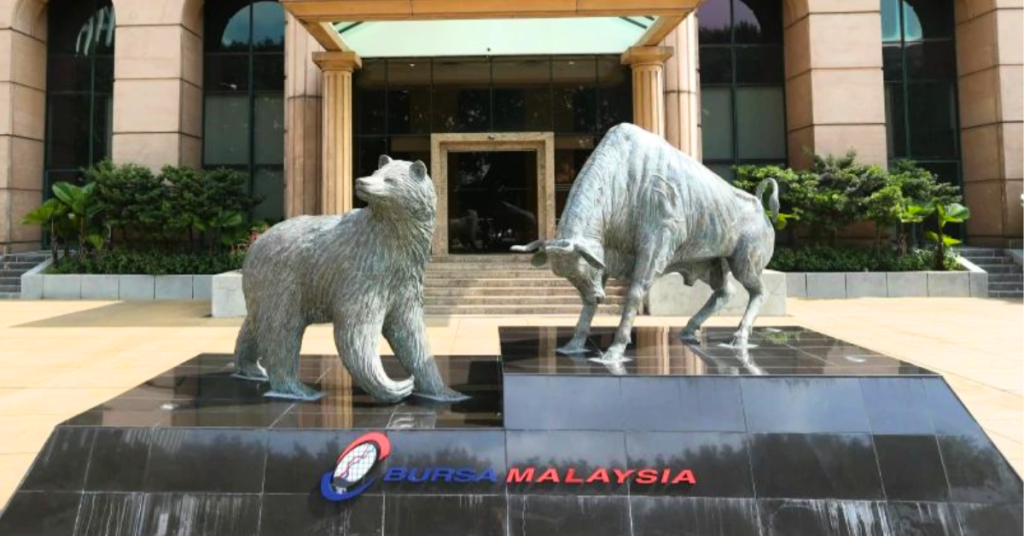
As reported by The Edge, the initial public offering (IPO) will see an issuance of 368.6 million new shares. This will be divided into the following:
- 271.76 million shares in private placements to selected investors
- 92.15 million shares in public offerings via balloting
- 4.69 million shares for specific directors and employees of the group
An additional 368.6 million existing shares will also be on offer through private placement to selected investors.
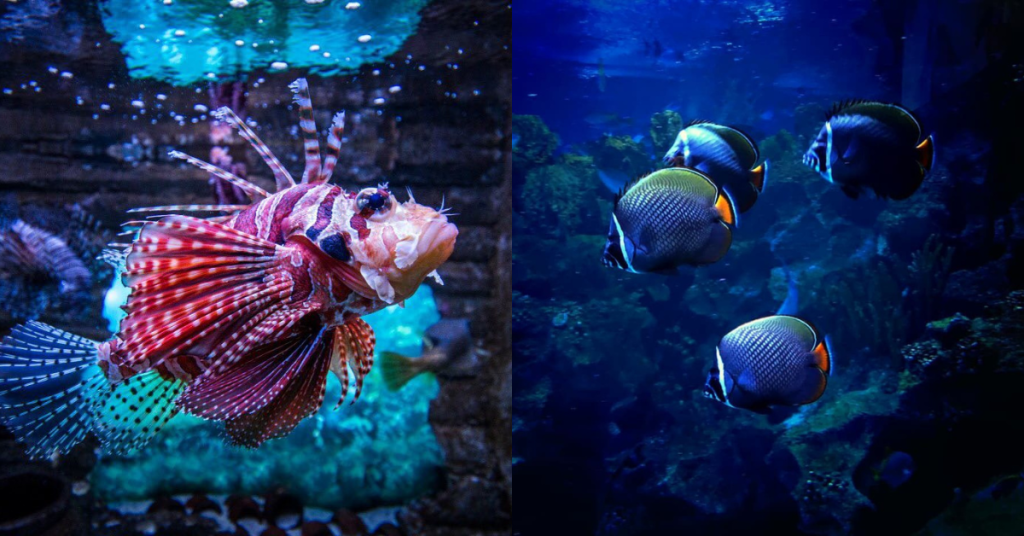
Starting from 2025, Aquawalk also shared its intentions to pay shareholders dividends of 30% of its annual profit minimum. This comes after tax, of course.
For extra context, the group recorded a net profit of RM25.54 million in 2022, increasing to RM33.83 million the following year. This was nearly matched by August 2024, where the group made RM33.05 million before the year had even ended.
Also of note is that M&A Securities Sdn Bhd will act as the group’s principal adviser, sponsor, underwriter, and placement agent for the process.
Biding time

The decision to list the Aquawalk Group has been in the works for quite a while now. By no means was it a hasty one.
An interview between group CEO Dato’ Simon Foong and The Edge back in 2018 revealed that plans have been in motion since at least then.
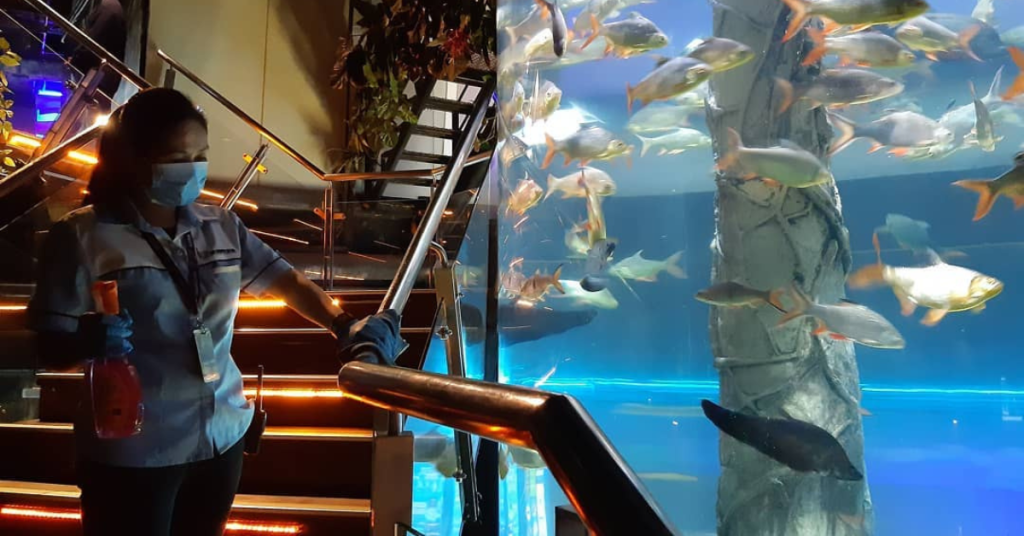
At the time, Aquaria Phuket in Thailand, the group’s second aquarium, was still under construction. While the Aquawalk Group was capable of seeking a listing with just Aquaria, Foong wanted to have more than one aquarium before going public.
Though they initially planned their IPO for 2020, plans were shelved until June 2024 where it was revealed that this year would be their new target.
Diving towards the future
At this time, the Aquawalk Group has yet to reveal their targeted proceeds. What is known is how they intend to use them, as per their prospectus.
Funds will be allocated to repaying borrowings, working capital, optimising IT systems, as well as upgrading and developing new attractions.
Locally, construction plans include a new oceanarium in Kota Kinabalu, Sabah, according to The Edge’s 2025 report.

The group is also seeking to increase their presence in Indonesia where they possess a 40% stake in Jakarta Aquarium & Safari. To that end, the building of another oceanarium has also been proposed for Java.
Though CEO Dato’ Simon Foong will be amongst those selling his shares, he will nevertheless remain the group’s largest shareholder following the IPO. His shareholdings in other companies brings his indirect interest to 50.3%.
Though an IPO comes with its fair share of risks, it is difficult to imagine Aquawalk and its brands falling on hard times.
Here’s hoping that the extra capital will bring with it joy to wherever the group decides to open their doors.
Also Read: CARiNG’s CNY video reminds us what “home” really means, and it’s not about a place
Featured Image Credit: Aquaria KLCC, Aquaria Phuket
This couple waited 4 mths for S’pore firm Moovaz to deliver their belongings, what happened?
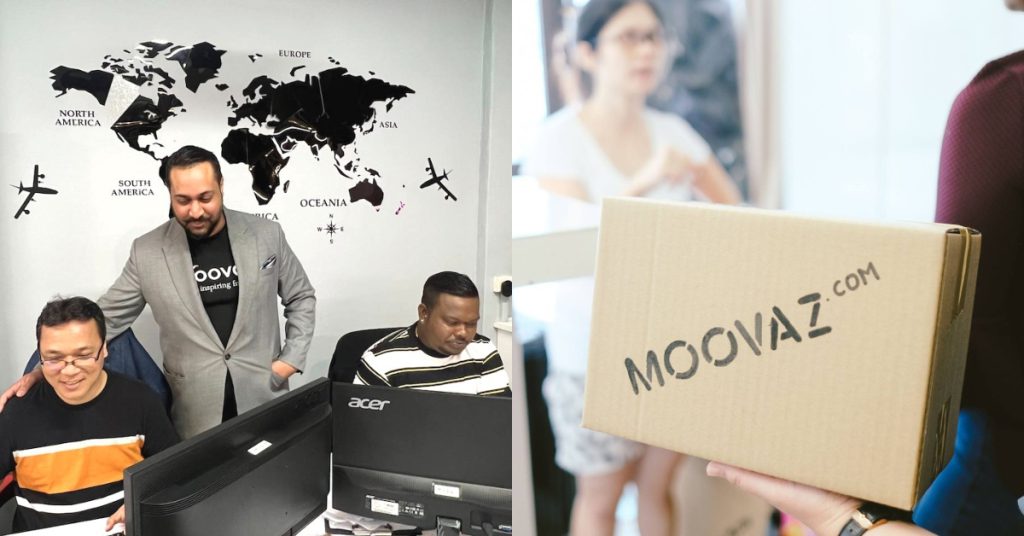
[Editor’s Note: This article has been corrected after Vulcan Post conducted another insolvency search on the Ministry of Law website, which showed that Vasudeven remains undischarged bankrupt. We have also received a tip-off on Moovaz, to which our source requested anonymity due to concerns of harassment.]
[Update: This article has been updated to include ITI’s statement on their partnership with Moovaz.]
They say that our belongings hold special memories, and when they’re lost due to the possible negligence of others, it can be devastating and infuriating.
Unfortunately, this was what disgruntled customers of Singapore-based relocation firm Moovaz have been experiencing since 2024.
The firm is currently undergoing police investigations, and on January 27, 2025, the Singapore Police Force confirmed the ongoing probe in response to Vulcan Post’s media inquiry.
The Police confirm that a report was lodged, and investigations are ongoing, as information related to Police investigations are confidential in nature. We will not be commenting on the matter.
The Singapore Police Force’s response via e-mail on January 27, 2025
To better understand what some customers were going through, we’ve reached out to a few customers, many of whom have declined to comment or cannot provide proof. One couple, however, decided to speak up—and here’s what they had to say to us.
Disclaimer: The interviewees we spoke to have requested to be identified with aliases, due to privacy concerns.
Four months for their belongings to arrive
Migrating to another country is no small feat, making it essential for “Andy” and his partner, “Lily” (not their real names), to find the right mover for their move to New Zealand.
“My girlfriend discovered Moovaz on Google. We contacted a few companies, and their rates appeared reasonable, so we chose theirs. While their rates weren’t the lowest among all the companies we compared, they were in the low-middle range, between the lowest and the middle,” explained Andy.
The couple first contacted Moovaz on September 6, 2024, and Lily shared that the firm was prompt and responsive during the initial stages. They added that they were promised their belongings would arrive within eight to twelve weeks, meaning they were supposed to receive their stuff by the beginning of December at the latest.
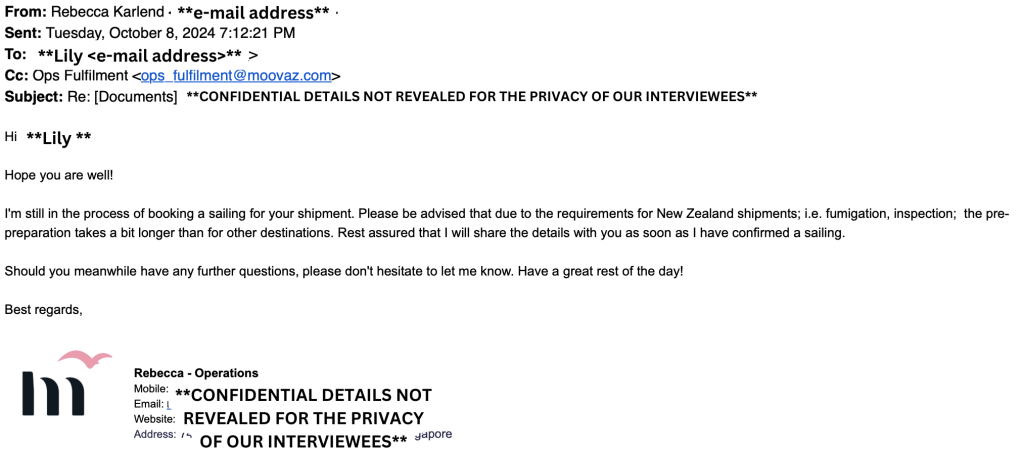
However, on October 8, 2024, the couple received an email from Moovaz stating that their shipment had not left Singapore and that the “pre-preparation” for their shipment may take longer due to New Zealand’s requirements.
Nevertheless, the couple decided to wait patiently and reminded themselves that the process would take 12 weeks, per the company’s advice. However, after receiving the initial email, they shared that they heard nothing further from Moovaz, even after the 12-week period had passed.
Eventually, a Kiwi mover company contacted the couple, informing them they could expect their shipment to arrive on Christmas Eve last year. Despite being told this, they still hadn’t received their parcel by then.
It was not until January 7, 2025, that the couple received another email from the New Zealand mover company informing them that they would have no choice but to pay additional charges for the customs levies, destination charges and MPI examination fees, as Moovaz had “closed shop.”
According to Andy and Lily, these charges amounted to S$1,000. In an email exchange, the Kiwi mover firm was supposed to receive these funds from Moovaz and had contacted the firm multiple times, only to find that their call lines “had been disconnected.”
Note: According to an article by CNA, Moovaz’s founder, Vishnu Vasudeven stated that the company remains operational and is “in the midst of arranging funds to pay the vendors.”
After paying the additional fees, the couple finally received their belongings on January 16, 2025.
When the couple inquired about the four-month delay, Moovaz claimed they could not find a suitable importer to receive their goods. The couple also requested reimbursement for the additional fees, but they have yet to receive a refund at the time of reporting.
Vulcan Post has reached out to Moovaz for comment but did not receive a response.
Multiple changes in business direction
Unfortunately, Andy and Lily were not the only ones who had a problematic move overseas. A news article by CNA revealed that 22 complaints were filed against Moovaz to The Consumers Association of Singapore (CASE) from last year to January 22, 2025, with losses amounting to S$80,000.
This might not surprise some, given that Moovaz has been no stranger to controversy and change since its inception in 2017.
First founded by Vishnu Vasudeven, Junxian Lee, and Jerry Chua, the startup initially provided moving services and was launched based on the founders’ relocation experiences and desire to create “a more efficient way to get people from one place to another.”
Vasudeven went “on a hiatus” from the company four months after its launch, after which the other two co-founders pivoted the business model to become a relocation platform, outsourcing to vendors and operating multiple service channels for expatriates.
This entailed a one-stop digital platform that allows users to get estimated moving prices and Moovaz Mini, a self-inventory shipment system that lets users get instant shipment prices and have full visibility and control over their items.
Moovaz also made two acquisitions in 2020: Singapore Press Holdings’s expat publication, The Finder, in June, and local ride-hailing firm GetVan in September as part of the company’s aim to “strengthen community-building amongst customers” and bolster its tech and operations.
Not long after Vasudevan re-joined the business in August 2022, Lee and Chua exited the business, with Chua stating the following on his LinkedIn page:

Speaking to Vulcan Post in 2023, Vasudeven shared that he took over the business with two business partners, shedding most of its platform team and bringing back its focus to offering relocation services—essentially, scaling down from operating in various segments in the relocation-supply chain in a bid to “set Moovaz on track to achieve growth.”
Founder’s legal troubles

However, since our interview with Moovaz in 2023, the company found itself in hot water with the law a few months later. According to an article by Tech In Asia, Moovaz had a lawsuit with its biggest vendor for unpaid services amounting to more than S$50,000.
An ex-employee also sued Vasudeven for harassment and wrongful dismissal after the co-founder made inappropriate comments via texts, even sending 56 messages accusing the recipient of lying, criminal misconduct, and making unsolicited remarks about her religion.
It is also worth noting that Vasudeven was declared bankrupt in 2019, and when Vulcan Post conducted an insolvency search with the Ministry of Law on February 5, 2025, we found that Vasudeven remains an undischarged bankrupt.
Vulcan Post has also purchased Moovaz’s business profile from the Accounting and Corporate Regulatory Authority (ACRA) and found that he is not included in the list of shareholders and directors.
A Tech In Asia article stated that filings confirm that Vasudeven is not the official director—instead, he is a major shareholder of Moovaz.
Vulcan Post has reached out to Vasudeven for comment but has yet to receive a response.
-//-
But it seems that this is just the tip of the iceberg.
We received a tip-off that alleged that Moovaz has been selling fake insurance policies after ending their partnership with American transit insurance company Inter Trans Insurance Services (ITI) in 2024. The tip-off also claimed that the company lifted the certificates “word for word” from the previous insurer.
On February 7, 2025, ITI responded to our media enquiry, confirming that their partnership with Moovaz has ended as of last year.
The date we cancelled their office was 12 July 2024. We gave them until the end of August to make all payments for insurance they purchased on behalf of their customers but they refused.
ITI’s response via e-mail on February 7, 2025
Vulcan Post has also reached out to Moovaz once more for clarification and verification of the claims, and has yet to receive a response.
- Read more articles we have written on Singaporean businesses here.
- Read more Singapore news articles here.
Also Read: From visa to home search: S’pore startup Moovaz helps settle your global relocation needs
Featured Image Credit: Moovaz
MOM data: Education pays in Singapore as median salary for degree holders hits S$8,650
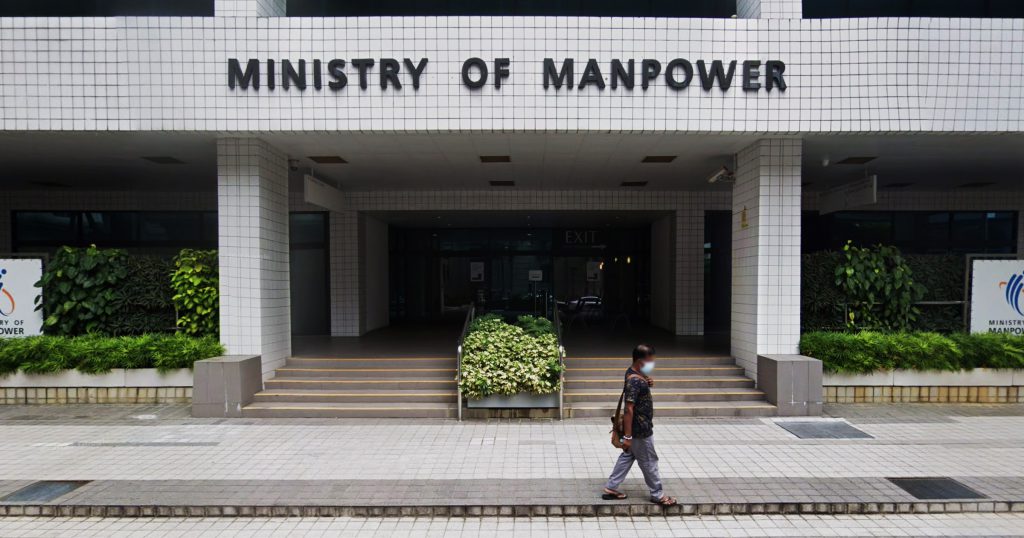
Disclaimer: Unless otherwise stated, opinions expressed below belong solely to the author. Data sourced from the Ministry of Manpower.
The Ministry of Manpower (MOM) released the Labour Force in Singapore 2024 report a few days ago, providing a summary of the labour market trends over the past year.
Among many findings, it contains interesting data on the incomes of the most educated Singaporeans, which shows that pursuing a university degree is still a worthwhile investment.
S$3,000+ above the rest
The figure that is typically reported is the national median, which in 2024 was S$5,500. It is, however, the least relatable and informative since it pools all Singapore residents together—from the elderly standing in for family members at a hawker stall to multimillionaires.
Meanwhile, educational background provides a better context because it allows you to see yourself among people who pursued a similar path.
Last year, degree holders maintained their leadership over the rest (or, rather, the broad median for the entire society they too are a part of) at over S$3,100, with the median employment income reportedly hitting S$8,656 (gross, including employer’s CPF).
This means that half of them make more than that.
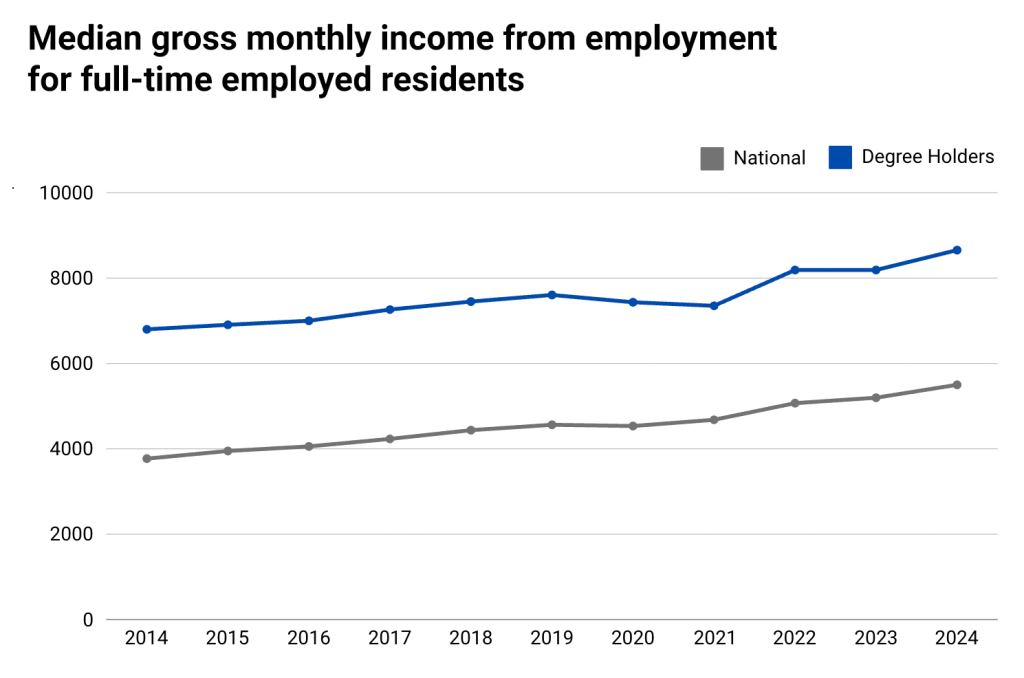
Interestingly the distance between the best educated and the national median has been quite stable over the past decade, hovering around S$3,000 on most years. This means that it has relatively shrunk in proportion.
However, at the same time, the share of degree holders in the workforce has increased quite significantly.
In other words, even though the nominal ca. S$3,000 advantage may be relatively smaller today than it was a decade ago, far more Singaporeans are able to enjoy it.
From just one-third in 2014, their share has increased to over 40% and, at this pace, should reach half of all workers within the next five years or so (aided, in part, by older, less educated generations retiring).
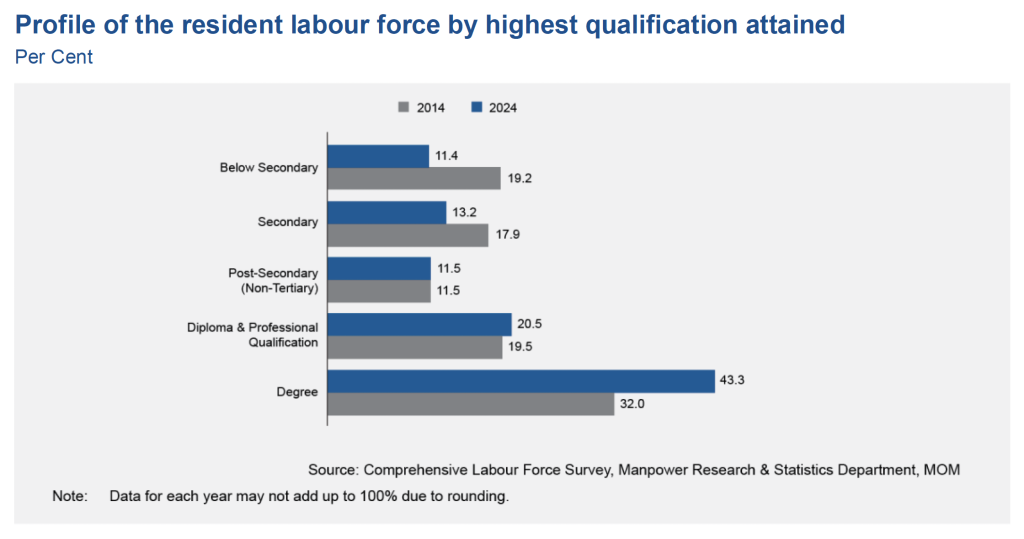
S$9,000 in 2026, S$10,000 by 2030
Given last year’s jump of over S$460, it’s possible that the round S$9,000 could be broken as early as this year and certainly no later than 2026. This would put degree holders on track to a median of S$10,000 within the next five years.
This is despite the global decrease in the importance of academic qualifications, which has also been registered in Singapore in the past few years.
It seems that even if your employer doesn’t care about your degree, you still are primed for a better job and higher salary than those who did not complete advanced education.
Perhaps it’s not down to specific skills obtained at school (with the exception of practical degrees in fields like engineering, science or medicine, perhaps) but the intellectual capacity that is exhibited by most of those who pursue a degree.
Whatever the reasons, the numbers suggest it is still far better to complete it than not.
Also Read: Singapore’s highest-growth jobs in 2025: MOE lists 146 roles, 57 pay from S$6,000 to S$15,000
Featured Image Credit: Google Street View
VP Eats Out: InterContinental KL’s Ramadan buffet 2025 proves traditional doesn’t mean boring
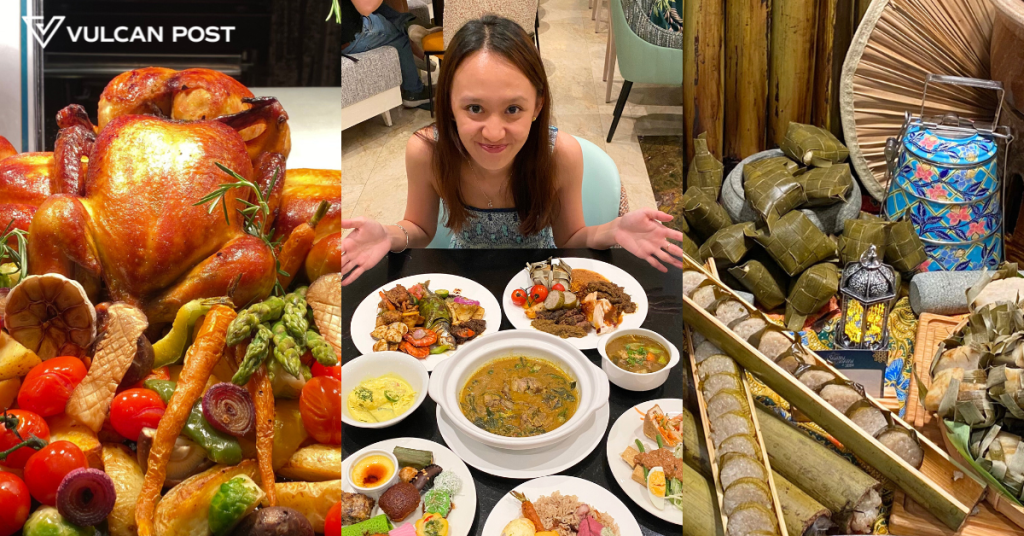
Is it just me, or does time appear to be moving pretty fast?
So fast that it seemed like Chinese New Year hadn’t even arrived when InterContinental Kuala Lumpur invited us to its Santai-Santai Iftar and Raya Dinner Buffet at Serena Brasserie.
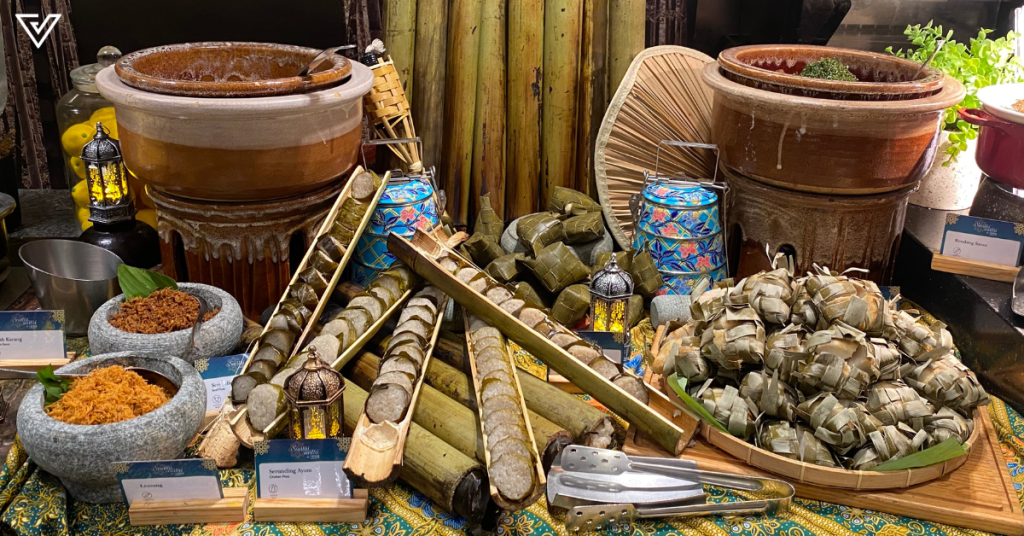
But this isn’t an illusion or a case of having a bad memory. When most businesses were busy preparing for the hustle and bustle of CNY, I was trying the hotel’s upcoming Ramadan specials.
Here are some of the highlights that showed me Ramadan buffets still have something new to offer.
We’re not “Rama-done” gushing about these
Inspired by the malay phrase “santai-santai” (which means a relaxed state or leisurely activity), this year’s Ramadan collection encourages guests to unwind and reconnect with loved ones.
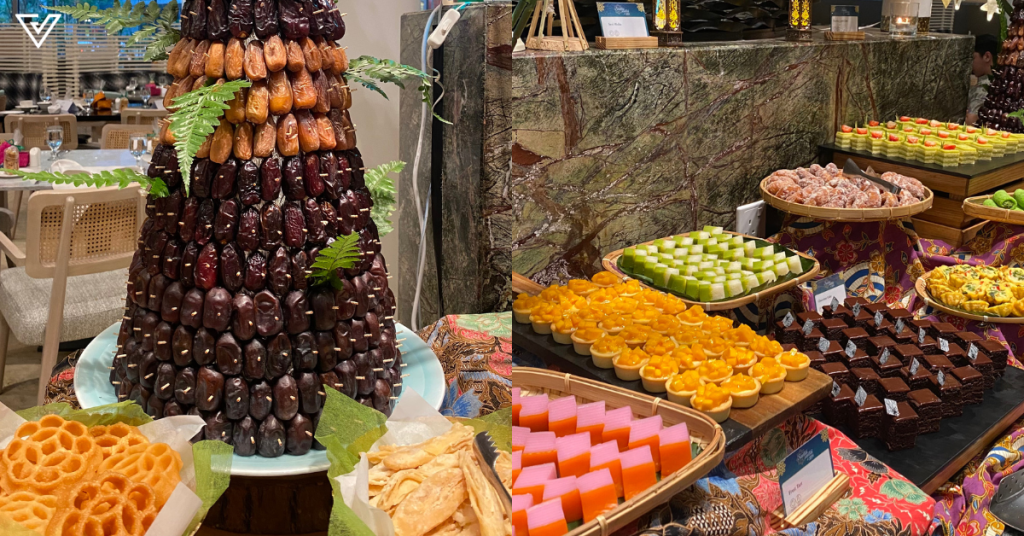
Or as Matthew Everson, the General Manager of InterContinental KL puts it, this iftar dinner buffet is a chance for guests to reflect on the blessings of this sacred season. All while savouring the joy of shared meals and meaningful traditions, of course.
This year, Serena Brasserie’s Executive Chef Rudy Junaidie curated four main specials that honour nostalgic dishes while giving them an elevated twist.
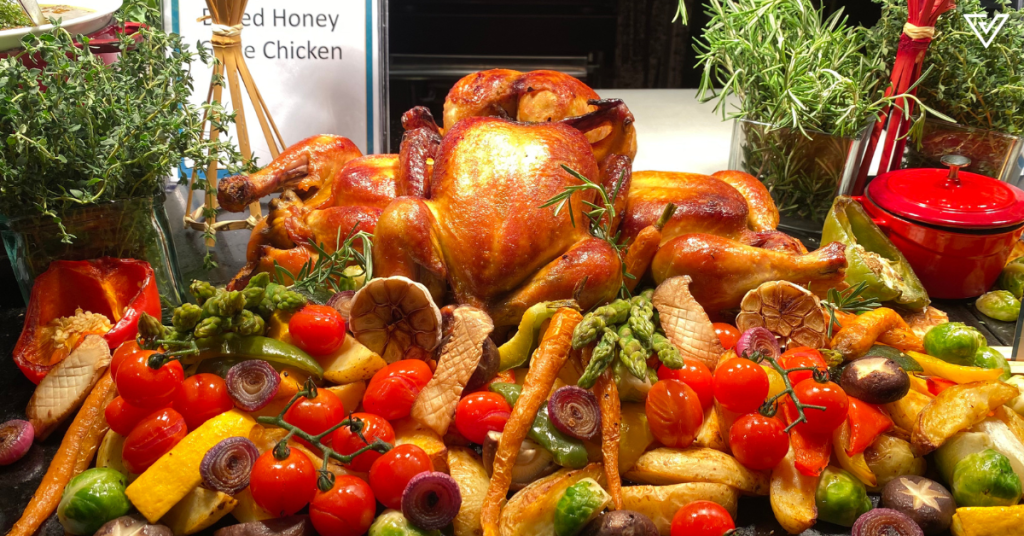
We started off by trying the least spice-coated main—Baked Honey-glazed Chicken. Inspired by American-Asian cuisine, the chicken is marinated overnight with orange juice, turmeric, and honey.
It’s not overly citrusy or sugary, landing on the right balance of savoury and sweet. My friend who tagged along to the preview called this one of the best honey-glazed chickens she’s ever had.
Next on the agenda was the Xinjiang Whole Lamb with Bukhari Biryani Rice.
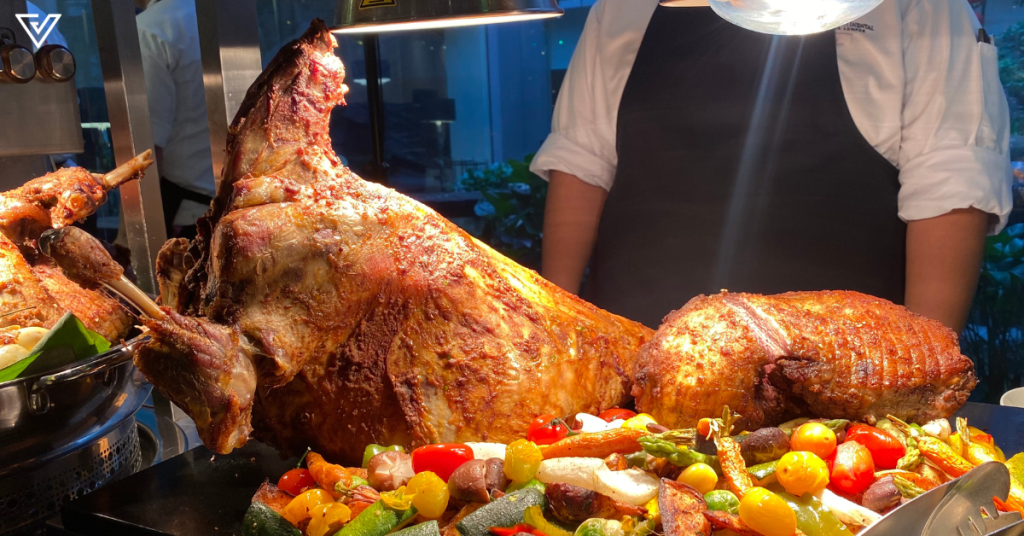
Having worked in Macao for three years, Chef Rudy took inspiration from the local Xinjiang community’s cooking. For the uninitiated, Xinjiang cuisine is characterised by the use of spice seasonings like cumin and Szechuan peppercorn.
As such, you’ll find this Australian lamb dish features a strong cumin taste with milder hints of Szechuan peppercorn and garlic. Paired with the fragrant Bukhari biryani rice, tomato cucumber salad, and mint raita, you’ll get a symphony of flavours.
One of my favourite picks of the night would have to be the Rendang Minang Smoked Barbecue Beef Ribs.
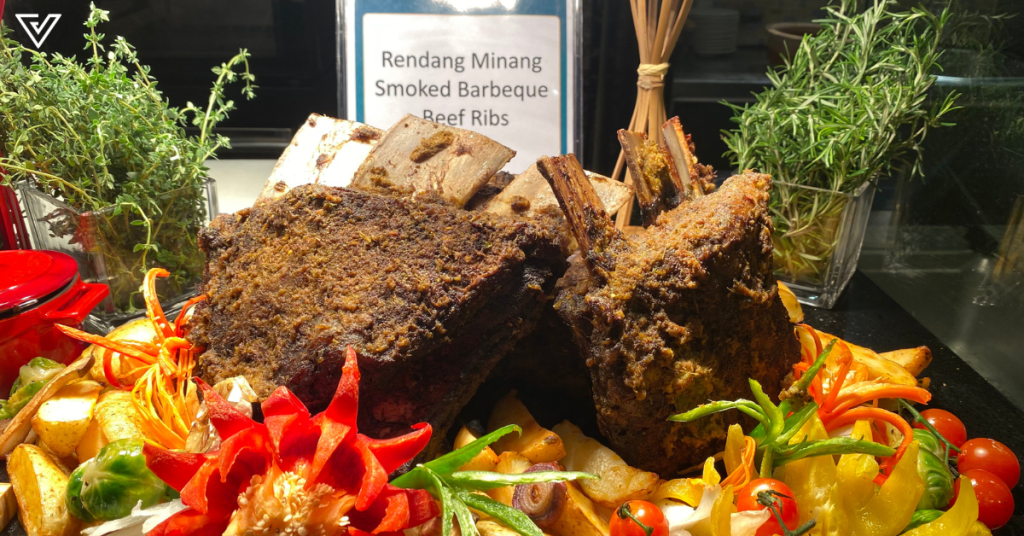
Using Australian beef ribs, this dish combines Western and Eastern cuisine. The team at Serena Brasserie first boils the ribs for a few hours before marinating them with Minang rendang spices. Once done, the ribs are smoked until they’re fall-off-the-bone tender.
Both rendang and barbecue sauces are served to intensify whichever taste you prefer. Even without them though, the ribs are delectable as is.
But if you ask me what’s the one dish you can’t miss, I’d say it’s the Gulai Assam Rong-style Claypot Roasted Duck. Full disclaimer, I’m not the biggest fan of gulai assam and hardly reach for it, but this dish changed my mind.
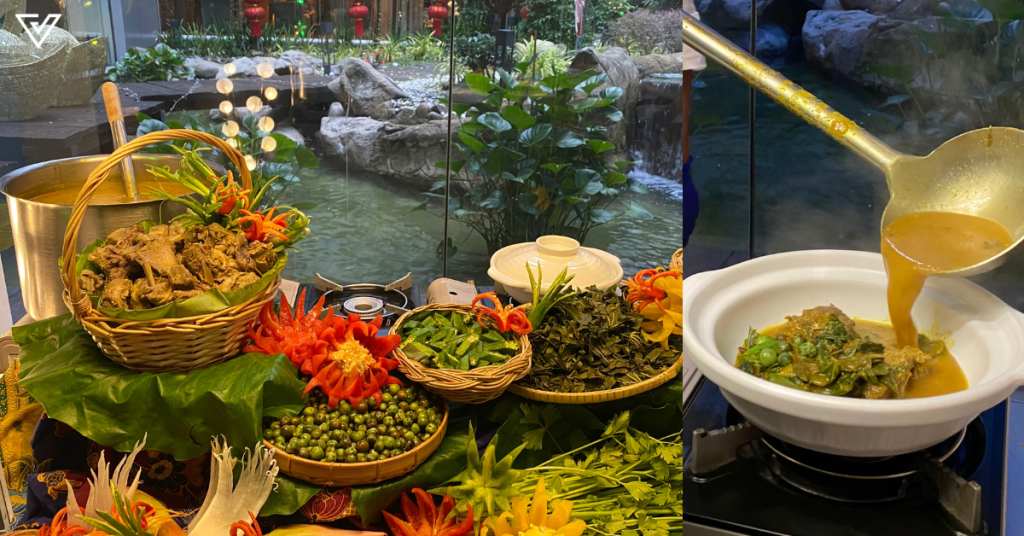
Chef Rudy explained to us that Gulai Assam Rong is a traditional Pahang dish commonly found in areas like Jerantut. Much of the flavour comes from the dish’s paste, which is made from rubber seeds and buah perah.
The paste is then fermented for a couple of days before it’s turned into a gravy and cooked with other ingredients, such as turmeric leaves and torch ginger flower. These give the dish a fragrant aroma and helps to balance the sourness of the broth.

It’s a rather rare dish because buah perah can only be found in deeper parts of the tropical jungle. Hence, we highly recommend giving this a try, else you might not easily find the opportunity again.
As sweet as a date pudding
Truth be told, I didn’t attend the buffet with high expectations, because how different can one Ramadan buffet be to another? I’ve been to a few over the years and they slowly became too predictable and boring.
So InterContinental KL’s spread this year was a welcome surprise to me. Instead of turning classical dishes into something that don’t resemble their original forms, the team focused on adding refinements that don’t take away from the traditional dishes’ essence.
Complementing the main courses is a scrumptious selection of traditional Malay specialties. This includes classics like lemang, kuah kacang, Rendang Tok, and Chef Hafiz’s Sup Tulang (or bone broth).

If these don’t satiate your appetite, Serena Brasserie offers non-Hari Raya dishes as well. We recommend Sambal Tumis Sotong, Daging Masak Hitam, and Cencaru Bakar with Sambal Belacan.
To end the night, there’s a wide array of kuih-muih and desserts that await, so much so that I didn’t know where to begin. Two stars you have to taste yourself are the Jackfruit Creme Brulee and Sticky Banana and Dates Pudding. My friend and I still crave them to this day.

InterContinental KL’s Santai-Santai Iftar Dinner Buffet and Santai-Santai Raya Dinner Buffet will be served starting from March 4 and April 10 respectively, from 6:30PM to 10:30PM.
| Santai-Santai Iftar Dinner Buffet (Week 1 and Week 4 of Ramadan) | Santai-Santai Iftar Dinner Buffet (Week 2 and Week 3 of Ramadan) | Santai-Santai Raya Dinner Buffet |
| – March 4 to 9, 2025 – March 24 to 27, 2025 |
March 10 to 23, 2025 | April 10 and 11, 2025 |
| Adults: RM216 nett per pax Children (aged 6 to 12): RM134 nett per pax |
Adults: RM288 nett per pax Children (aged 6 to 12): RM278 nett per pax |
Adults: RM288 nett per pax Children (aged 6 to 12): RM178 nett per pax |
Reservations can be made here. For further enquiries, you can also contact the hotel via email at fb.lead@ickualalumpur.com.my or via WhatsApp at +601 6202 4623.
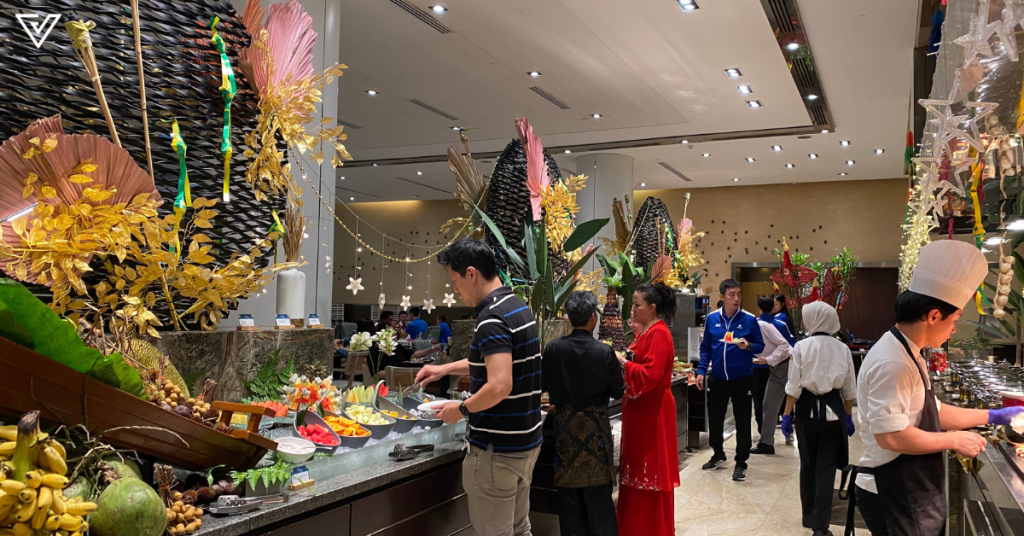
- Learn more about InterContinental Kuala Lumpur here.
- Read other articles on Malaysian startups here.
Also Read: Bigger is always better for displays, but size isn’t the only reason we like these 98″ TCL TVs
Featured Image Credit: Vulcan Post
5 insights from Ninja Van’s cross-border whitepaper to boost M’sian SMEs’ regional expansion

If you’re a business trying to expand across borders—be that into a different city, state, country, or even continent—one thing that you cannot ignore is logistics.
That’s why logistics company Ninja Van’s white paper is not to be overlooked. With coverage in six countries across the Southeast Asian region, here are some insights from their white paper that can help hack your business’ growth.
1. Direct-to-consumer is the best way for you to test the waters
In its whitepaper, Ninja Van breaks down three different supply chain models that businesses can employ when moving goods from Malaysia to neighbouring countries.
This includes:
- Source + Production + Local Fulfillment: This is the riskiest and most expensive approach. What if your goods don’t sell well in that chosen destination country? What if the quality of goods don’t meet your expectations? What if the production cost exceeds your budget? All these uncertainties make this approach a high-stakes gamble.
- Bulk Shipping + Local Fulfillment: While it enables faster delivery times and can even facilitate parcel returns, there’s the risk of understocking or overstocking your fulfillment warehouse. This means paying for extra space.
The best option is to go direct-to-consumer. Through this method, you’ll be able to manage inventory only in one country and ship your goods only when shoppers in that destination country place an order.
While it may take longer, a good logistics company can ensure your goods get delivered on time and in full.
2. Commercial service as a delivery option is your most competitive bet
On the topic of shipping, there are a few routes you can take. There’s express service, which is quick but costly. This is typically the best option for high-value or perishable goods.
There’s the budget-friendly option of using the postal service, but this usually takes a longer time and might not have the most accurate tracking.
Commercial service, a service designed for ecommerce businesses with a competitive lead time, strikes the ideal balance between speed and cost savings. As such, it’s often the go-to choice for businesses, and for good reason.
Not only does it offer competitive pricing, but it also provides reliable delivery speeds that cater to various business needs.
3. Southeast Asians love supporting neighbouring countries for these reasons
“The suggestion for you to expand into neighbouring countries wasn’t made lightly,” Ninja Van shared. “We’ve backed our suggestion with internal data coupled with external research.”
The company actually partnered up with market research firm Milieu Insight and surveyed 1,200 shoppers across six countries in November 2024.
With that, they are able to better understand these customers outside of Malaysia and prepare to sell to them.
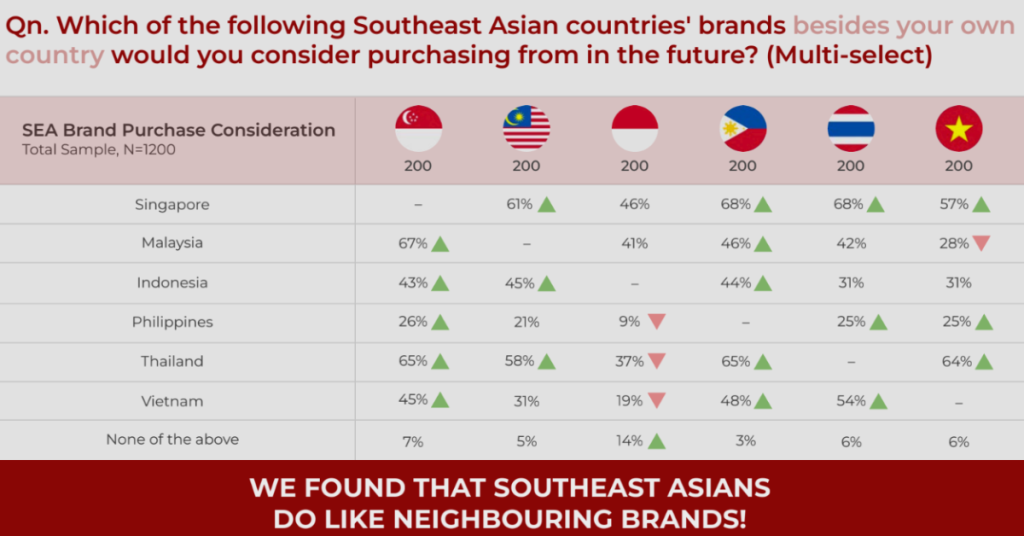
Aside from Indonesians, shoppers across the rest of Southeast Asia generally have favourable opinions of their neighbours’ brands, suggesting a strong likelihood of purchasing from the region.
This is proof that there is a regional market out there for the taking.
During their survey, Ninja Van found that many respondents cited “unique products that can’t be found in my own country” as a reason why they want to buy from other Southeast Asian brands.
39% of them also shared that “quality craftsmanship” is a reason why they buy from other countries.
4. Fashion & accessories is the most popular category for cross-border shoppers in SEA
Interestingly, the most popular category of goods in the region is by far Fashion & Accessories.

The next popular category is, not surprisingly, Food & Beverage. We Southeast Asians certainly enjoy our food. Following that is Health & Beauty products.
So if your business happens to be in these categories, you’re in luck. Even if it isn’t though, you should look into how you can still tap into the more niche markets in each country.
5. SEA shoppers like buying from marketplaces
According to the whitepaper, 82% of Southeast Asians shop from neighbouring countries via platforms like TikTok Shop, Lazada, and Shopee.
That’s a pretty big number, which is why brands must really learn how to navigate these platforms. If you still haven’t looked into social commerce and leveraging livestreams on these platforms, there’s no better time than now.
51% of shoppers said they buy from social media platforms, while 39% purchase directly from official brand websites.
Understand the market to earn their trust
Southeast Asian countries may be geographically close, but that doesn’t mean that shoppers are all just a monolith.
Each country is unique, and so are its shoppers. With that in mind, even as you expand into a neighbouring country, you need to really do your research and tailor your approach to their behaviours.
As Ninja Van shared, “It’s not just about brand discovery; it’s about earning their trust. In the age of scams and fraud, how do you convince your shoppers that you’re trustworthy?”
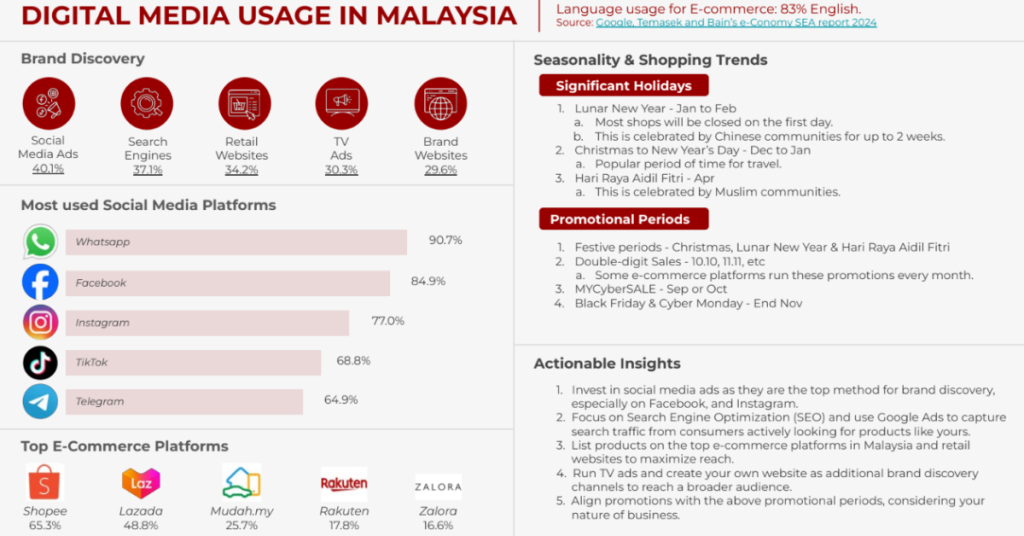
To answer that question, Ninja Van tapped digital media solutions company CPXi Asia and brand and PR agency Antics@play, into their expertise to uncover how these strategies can be done effectively.
To understand the landscape, they shared the following tips:
1. Invest in social media ads as they are the top method for brand discovery, especially on Facebook and Instagram.
2. Focus on Search Engine Optimisation (SEO) and use Google Ads to capture search traffic from consumers actively looking for products like yours.
3. List products on the top ecommerce platforms in Malaysia and retail websites to maximise reach.
4. Run TV ads and create your own website as additional brand discovery channels to reach a broader audience.
5. Align promotions with the above promotional periods, considering your nature of business.
They also pinpointed specific actionables based on each country’s habits, so if you’re thinking of going regional, be sure to refer to their handy whitepaper.
It’s great to see Ninja Van disseminate the data and expertise that they have, as well as recruit the right people to share more actionable insights.
At the end of the day, it’s all about being prepared. So before you bite the bullet and spread yourself too thin, be sure to do your proper research and analysis before bringing your business abroad.
Also Read: CARiNG’s CNY video reminds us what “home” really means, and it’s not about a place
Featured Image Credit: Vulcan Post
